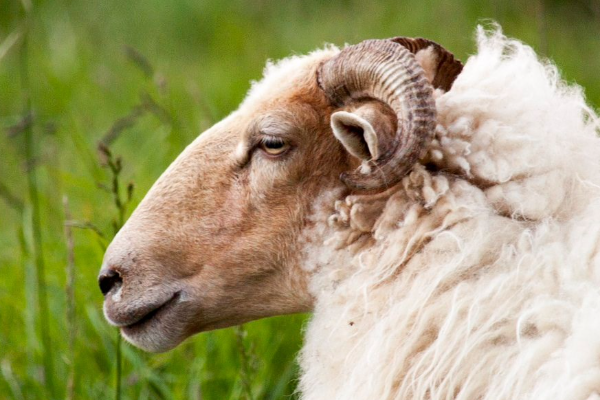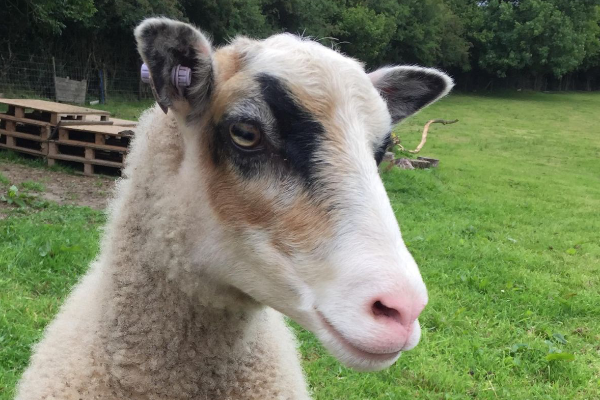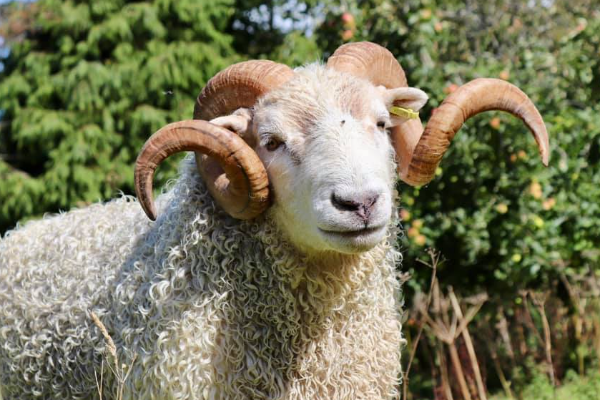Balbas Sheep
What is the history of Balbas Sheep?
Balbas is the most valuable large breed bred in Transcaucasia. These sheep were brought to Armenia and Azerbaijan by nomadic Kurds who took their herds to local summer resorts.
They have been selected for adaptation to meat, oil and milk production and upland farming. The breed regionalization scheme limits the breeding of Balbas sheep in some regions of Armenia and in Azerbaijani Nakhichevan.
What are the characteristics of Balbas Sheep?
Sheep are kept in the plateaus for 220-255 days and imprisoned for 110-145 winter days.
Balbas sheep have a strong build and plenty of bones. They are quite large in size and are known for their weight, distinctive flesh characteristics, satisfactory wool production and fertility.
Both Balbas rams and sheep are hornless; horned rams appear from time to time.
The head is medium in size and has a straight profile; rams have a slight Roman nose. Ears are long. Neck and trunk are slightly elongated. The back is straight and straight. The chest is deep, wide enough and full.
The rump is somewhat sloping. The udder is well developed. Sheep are well legged; the legs are strong, muscular, with tough hoofs. The tail is of medium size and consists of two pads, a larger lower and a smaller upper one; it hangs below the hocks.
The color is predominantly white, with dark spots on face, ears, and lower limbs. Balbas sheep in the Nakhichevan have shorter legs and a longer body than their Armenian relatives.
Newborn lambs weigh 3.5-4.3 kg.
Balbas sheep are known for their good milk yield: the average per lactation is 100 kg (range 85-130 kg). The yield of marketable milk in the shorter lactation period of 80-90 days is 30-35 kg. Sheep in the Nakhichevan have a higher milk yield; they produce 68-80 kg per ewe.
The average fleece weight of purebred elite rams is 3.5 kg; 2.5 kg for first class rams and 2.4 and 1.9 kg for elite and first class sheep, respectively. Average weight of fleece in ordinary flocks ranges from 1.2 to 2.2 kg per person.
Fleece hangs on pointed locks. Wool is white or light gray and slightly shiny. It is suitable for worsted spinning and is widely used in carpet making and is valued by artisans. It consists of fleece, real wool, intermediate fibers and protective hair.
The Balbas sheep, which is a highly productive breed that is well adapted to local conditions, is used especially to increase the productivity of meat in other coarse-grained Transcaucasian breeds.
What is the weight of a mature Balbas sheep?
Average live weight of Balbas ram is 90-105 kg, Balbas sheep sheep are 50-58 kg.

Written by
H Cetin KATIRCI
Online ShepherdBreedsMore
IllnessesMore
Forage cropsMore
![]() Патологическая физиология голодания Arina TARAN
Патологическая физиология голодания Arina TARAN![]() Дефицит фосфора (гипофосфатемия) Hipofosfatemi Arina TARAN
Дефицит фосфора (гипофосфатемия) Hipofosfatemi Arina TARAN![]() Какие бывают кормораздатчики для ферм КРС? Irina Makarova
Какие бывают кормораздатчики для ферм КРС? Irina Makarova![]() Кормушки для овец Diana Myakisheva
Кормушки для овец Diana Myakisheva![]() Питание домашних коз: что едят, виды корма и правила кормления Alina Arslantürk
Питание домашних коз: что едят, виды корма и правила кормления Alina Arslantürk![]() Важность минералов питании сельскохозяйственных животных Irina Makarova
Важность минералов питании сельскохозяйственных животных Irina Makarova



















